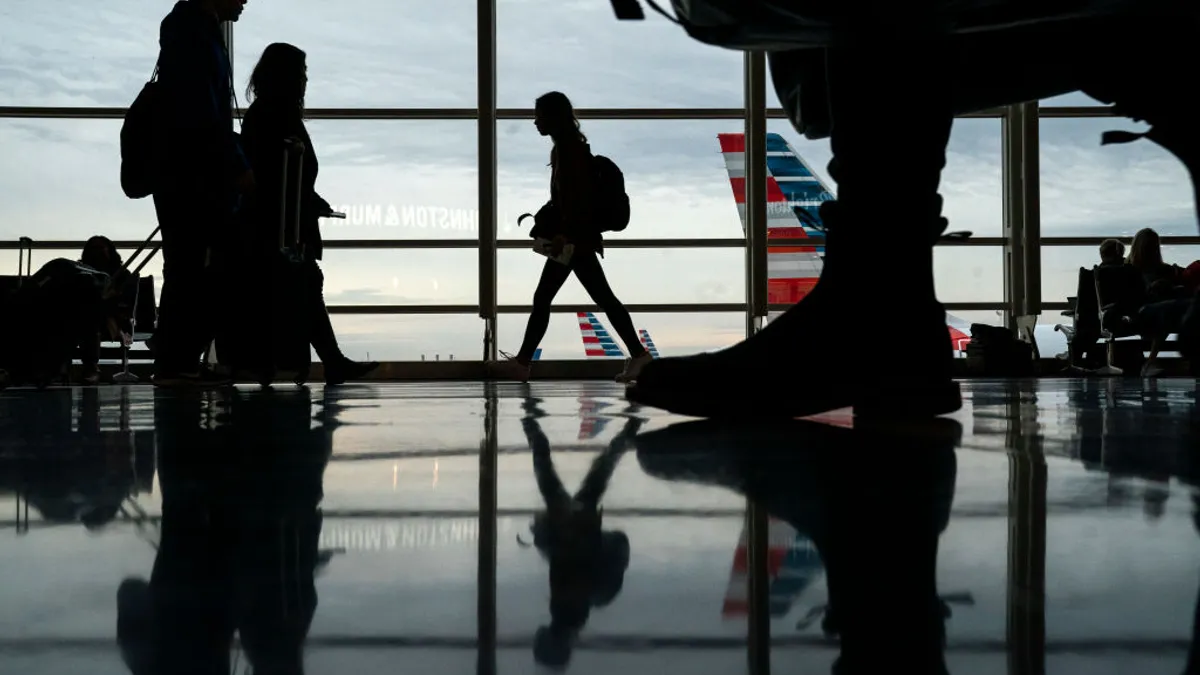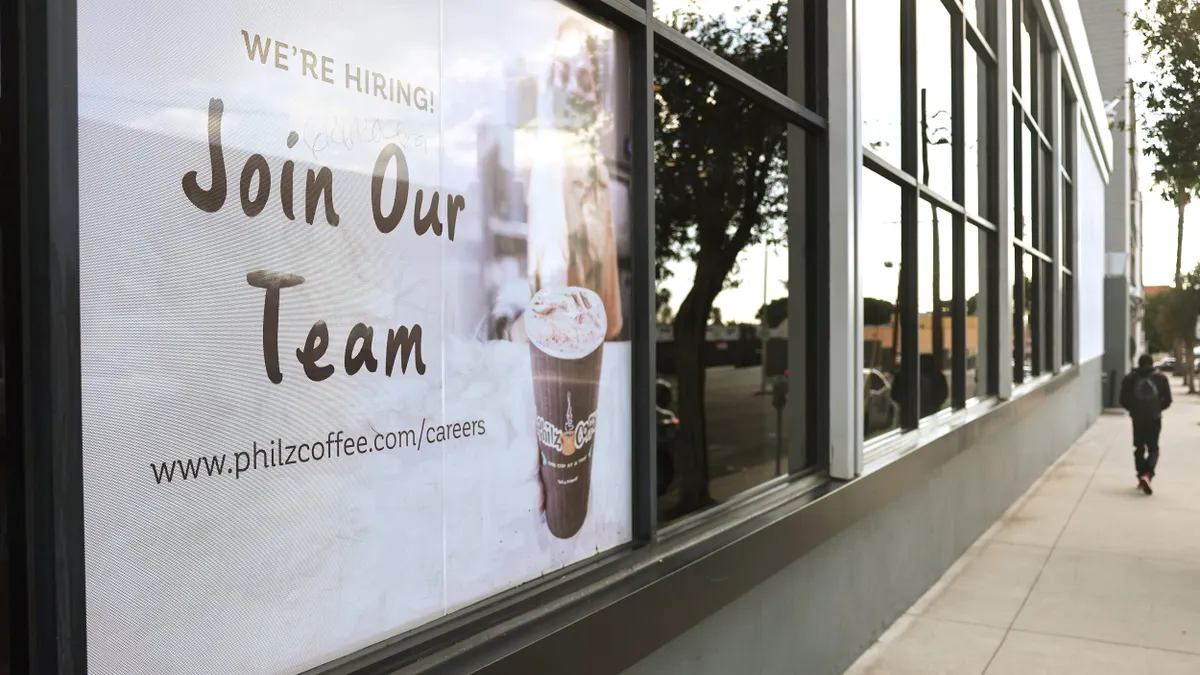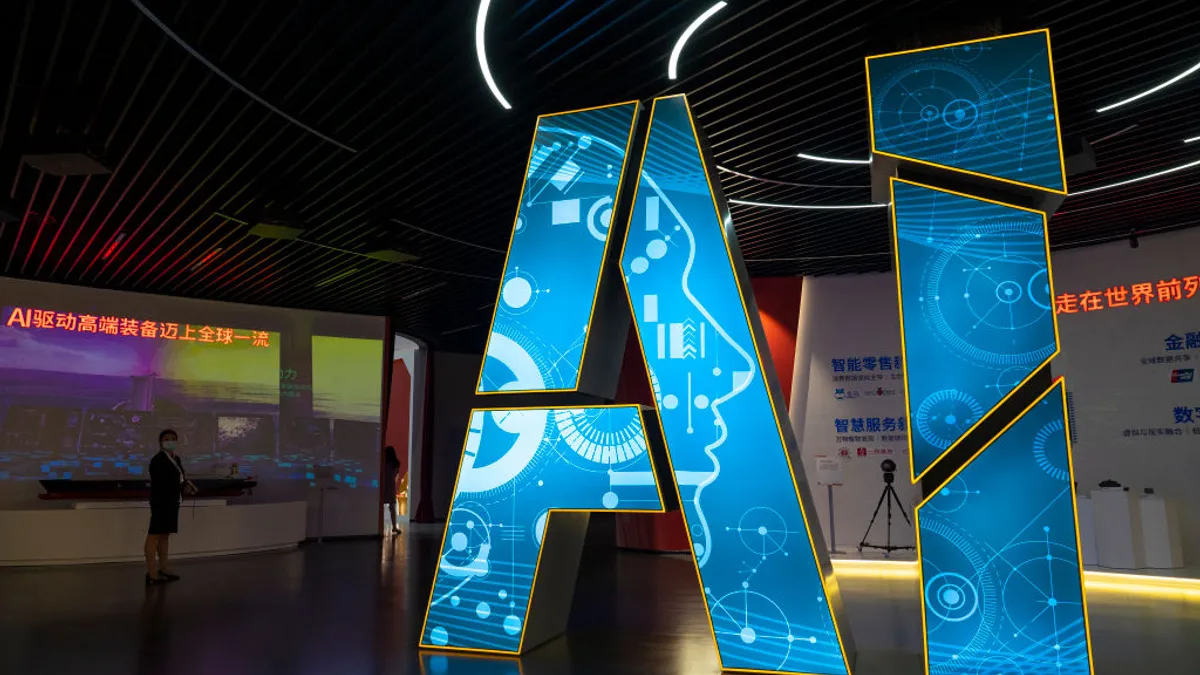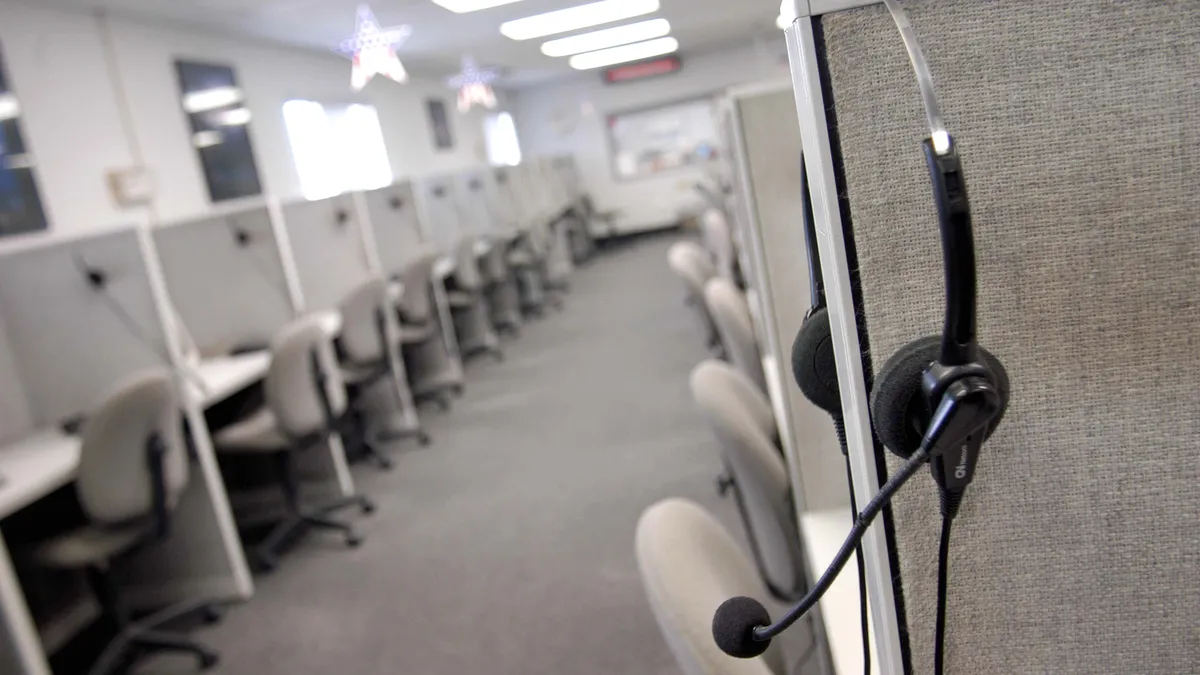The summer came to an abrupt end with plenty of national drama stemming from two major hurricanes, massive forest fires, and plenty of political chaos. Those dramatic stories overshadowed what has been one of the big stories this year: immigration reform. One of the stickier challenges weighing heavily on the minds of employers in recent months was President Trump’s "Buy American, Hire American" policy.
The story so far on H-1B and H-2B visas
Immigration policy and reform have been a high priority for the Trump administration. Trump signed the "Buy American, Hire American Executive Order" in April, directing the Department of Homeland Security and other agencies to develop and implement policies ensuring H-1B visas are only awarded to highly skilled or highly paid individuals. Fully implementing the order will necessitate rulemaking, policy memoranda and some operational changes. The broader goal of "Buy American, Hire American," according to U.S. Citizenship and Immigration Services, is to boost wages and employment rates for U.S. workers "by rigorously enforcing and administering our immigration laws."
In late August, USCIS announced further requirements concerning foreign national visa approvals, including expanding the pool of individuals required to undergo in-person interviews. When the H-2B seasonal worker program came to a screeching halt early in the summer, reports surfaced that employers were having trouble meeting seasonal hiring needs. Even basic filing and documentation requirements have shifted: by Monday employers must have started using a new I-9 form — the second new form employers have adapted to this year.
It has been a bumpy road for human resources already, and there is still another quarter to go this year!
A new report from Talent Tech Labs (TTL) released this week found that 80% of large employers are very concerned that a shortage of work visas will make talent acquisition even more difficult. TTL’s President, Brian Delle Donne, said the 2017 State of Talent Acquisition Technology Survey found that there are some 65,000 non-resident workers allowed into the US at any given time under the present day H-1B visa program. However, many are stuck in a lengthy "lottery" process that can last 18 months or longer.
"This makes it very difficult to identify offshore talent. It’s not surprising that some employers are finding it easier to move development centers to other countries where they can find labor at the right price and a lot faster," Delle Donne said. For those employers willing to wait out the Visa approval process, he said, "employers must have the talent pipeline stuffed well ahead of the process."
The real impact of new regulation
Immigration Attorney Jason Finkelman, of the Finkelman Immigration Law Firm, said the process for USCIS in person interviews has always been a lengthy one for those individuals seeking to adjust from employment non-immigrant status to permanent immigrant resident status, but the agency's new requirement will only serve to increase the costs and time to process people. He predicts that the USCIS will have to hire more people to handle the extra workload, and they may increase fees too.
"In addition to cost and time considerations, there will be lost productivity. It will also take a lot more work for immigration attorneys to prepare employers for what comes ahead," Finkelman said.
From the standpoint of talent coming from other countries, they too will have to decide if they can commit to a decades long process and once they do, whether they will want to work for the same employer for years. Finkelman pointed out the huge commitment that employees and employers can expect to dedicate, although they may not have much of a choice. “We need the best global talent available in order to be innovative and profitable, and to stand out as industry leaders,” he said.
Both Delle Donne and Finkelman agreed that employers will have to make sure they are vetting every candidate thoroughly. They need to be able to prove that each candidate is someone who can safely come into the U.S. to work, plus they must be highly qualified for each job. This can help to reduce delays in the approval process.
As an alternative, employers are free to upskill their current employees while they wait for visa approvals to happen. They can also improve their corporate brand in order to attract passive candidates who are already citizens. This can include mentoring programs, on-demand training, and using gamification to assess the skills of employees and teach them new concepts. A number of companies in the STEM industry are using these tactics to deal with serious skill shortages.
Delle Donne advised that artificial intelligence-enabled technology is making it easier to evaluate the skillsets and traits of employees so that those who have the capability and interest in being trained in other skills, like coding for example, can be identified. So too, new revenue models are emerging around bootcamps that are partnered with employers to provide direct access to talent.
It may be too early to tell what will happen as the new visa regulations take effect, but employers who think creatively about their talent sourcing and development approach will find ways to make it work.



















